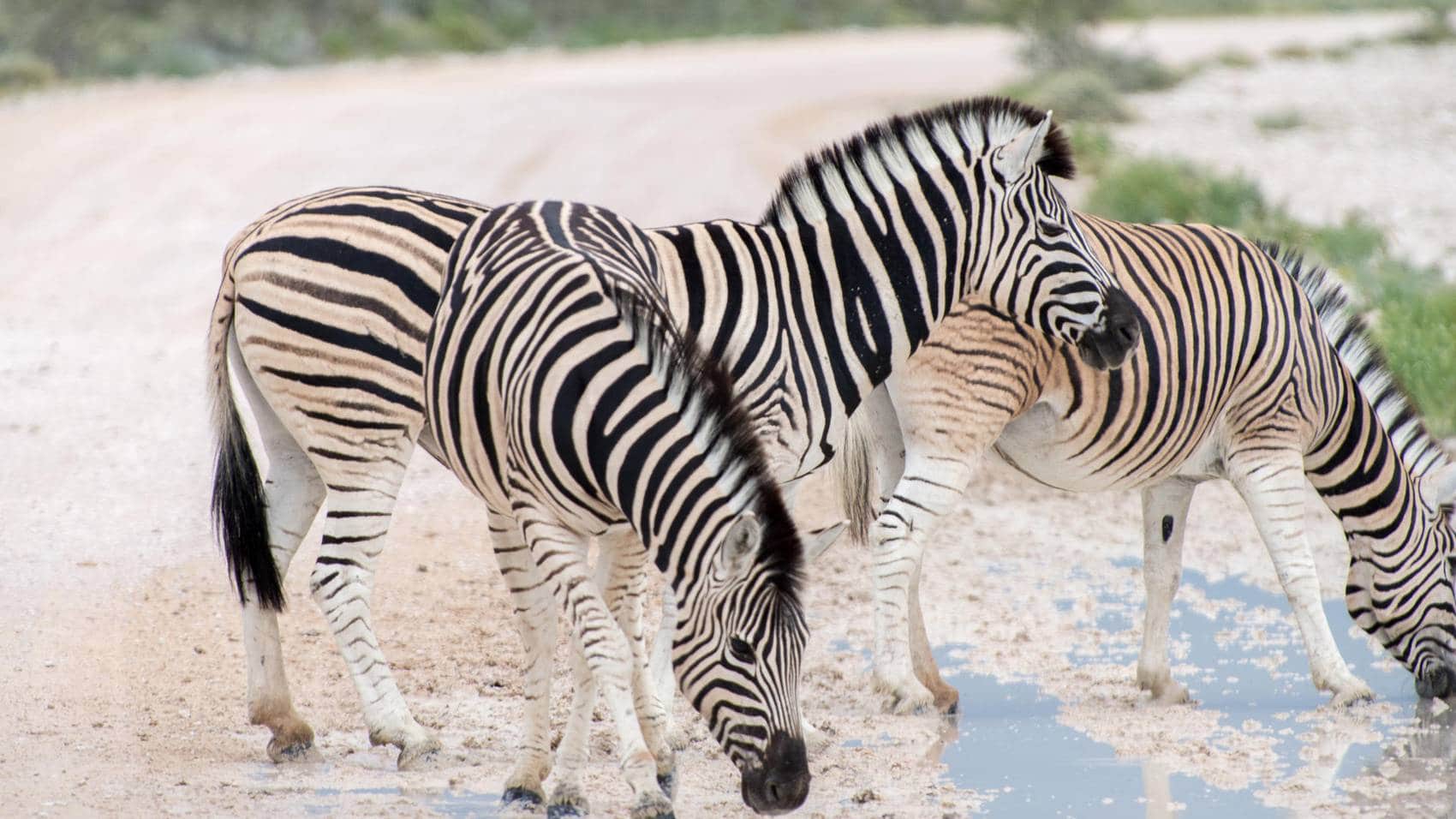The peak of the rainy season. Vegetation will be as lush as it gets in Etosha for the next month or two – which makes game viewing more challenging. If the rains have been good, there will be water in the pan itself (and migrant waterbirds); Fisher’s Pan near Namutoni could have turned pink with flamingos.
All the details mentioned for January still apply in terms of the desirability of a 4×4, thunderstorms and potentially, patches of dodgy weather. Elephant and rhino will be more elusive, feeding in thicker bush while they have the chance to be further from the waterholes. Heavy showers can cause dry riverbeds to suddenly flow, although it’s usually over in a matter of hours rather than days.
The park has lower visitor numbers, which some find a great boon, but experts actually tend to tell first-time visitors in search of big-game drama that this isn’t the best time for Etosha. That said, this is a fenced park (although bigger than the US state of New Jersey), and the animals move around within it: they are there; one just needs more time to get lucky. The Namutoni area (and the east in general) can be more productive.
























